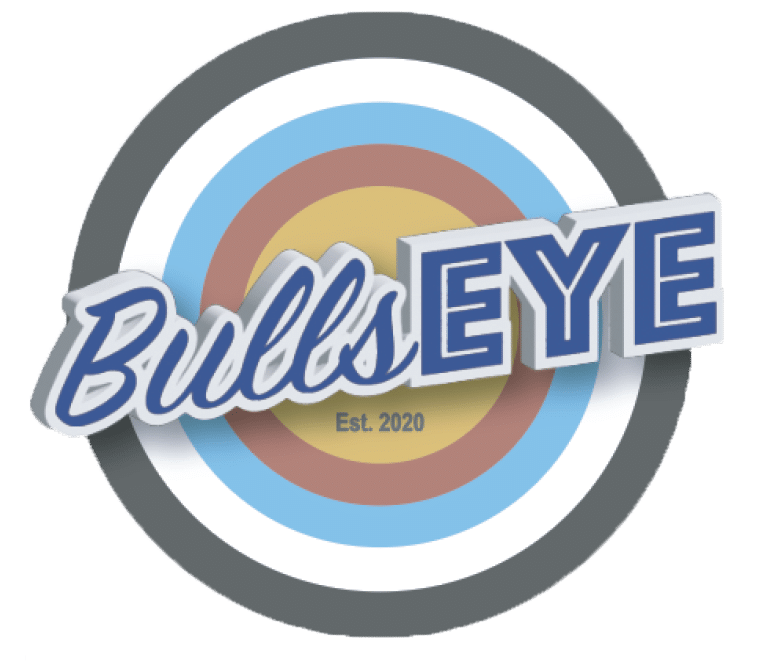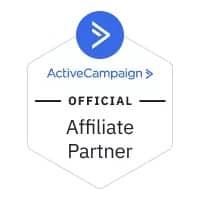Calendly: Cloud-based scheduling software.
Canva: Is an easy-to-use design tool for non-designers and designers alike. The tool offers several templates that adhere to the required dimensions for sharable social images on Twitter, Facebook, Instagram, etc.
Captcha: A computer program designed to determine the difference between a human and a machine accessing information.
Chat: Can refer to any kind of communication over the internet but traditionally refers to one-to-one communication through a text-based chat application, commonly referred to as instant messaging (IM) applications.
Chatbot: A software application that responds to questions based on text responses.
Circles: Are clusters of a user’s friends, colleagues, family, or connections on the now-discontinued Google+. On the platform, you got to choose who went in what Circle, and what you shared with those individuals.
Churn rate: A measurement used to calculate customer retention and is significant for recurring revenue companies. It helps companies identify how many customers they lose in a given time period. To calculate churn rate, you divide the number of customers lost during a time period by the number of customers you had at the beginning of the time period.
Clickbait: Is a term to describe marketing or advertising material that employs a sensationalized headline to attract clicks. They rely heavily on the “curiosity gap” by creating just enough interest to provoke engagement.
Clickthrough Rate: Is a common social media metric used to represent the number of times a visitor clickthrough divided by the total number of impressions a piece of content receives.
Clubhouse: A social media platform designed around voice only.
Collective intelligence: Is a shared intelligence that emerges from the collaboration and competition of many individuals and appears in consensus decision-making in social networks.
CMS (content management system): Software that allows marketers to create, design, host, edit, manage and track the performance of all of their website content. Popular examples include HubSpot, WordPress and Squarespace.
Comment: A comment is a response that is often provided as an answer or reaction to a blog post or message on a social network.
Compete: is a web-based application that offers users and businesses web analytics. It also enables people to compare and contrast the statistics for different websites over time.
Community Manager: The community manager is responsible for building and managing the online communications for a business in an effort to grow an online community.
Connections: The LinkedIn equivalent of a Facebook ‘friend’ is a ‘connection.’ Because LinkedIn is a social networking site, the people you are connecting with are not necessarily people you are friends with, but rather professional contacts that you’ve met, heard speak, done business with, or know through another connection. Connections are categorized by: 1st degree, 2nd degree, and 3rd degree.
Contact List: Another term used for your database or mailing list.
Content Strategy: Developing, planning and managing content required in business.
Contextual marketing: A strategy that’s guided by the behaviours and conditions surrounding your marketing efforts so all content is relevant to the person receiving it. To deliver contextually relevant information, you need to understand the psychographics of your buyer personas to know how to speak to them and what content will resonate with them.
Conversation qualified lead (CQL): Conversational marketing and chatbots are becoming increasingly important in today’s marketing landscape. A Conversation Qualified Lead is someone who has expressed interest in buying via a conversation with an employee or a bot. These leads are coming to you with specific questions that they want answers to in real-time. See also SQL and MQL.
Conversational marketing: According to Drift, who coined the term “conversational marketing,” it is “the fastest way to move buyers through your marketing and sales funnels through the power of real-time conversations. It builds relationships and creates authentic experiences with customers and buyers.” Chatbots are the most common channel through which conversational marketing occurs, but you can also leverage social media platforms that allow real-time engagements.
Conversion Rate: The ratio between the number of people that complete the desired action on a given webpage and the number of people that visit that webpage. That desired action could include filling out a form on a landing page or clicking a CTA on a blog post.
Conversion rate optimisation (CRO): Based on the principles of the scientific method, conversion rate optimisation (CRO) focuses on systematically increasing the percentage of website visitors who take a desired action on a given page. For example, they might convert on your site by filling out a form or providing information to a chatbot. By identifying key metrics, you can better understand how customers interact with your site and the actions they take. These metrics help to test and determine what strategies work best for generating leads and closing customers.
Cost per lead: Refers to the amount spent on acquiring a lead. This cost is factored heavily into CAC. The most common use case for cost per lead can be found in paid advertising where there is a direct correlation between the amount of money you are spending in something like Google Ads, and the number of leads you are generating from that spend.
CoWorking: Shared office space within a single location.
CPC: Cost per click. What a business pays each time a user clicks on an ad.
Creative Commons: is a nonprofit corporation dedicated to making it easier for people to share and build upon the work of others, consistent with the rules of copyright. It provides free licenses and other legal tools to mark creative work with the freedom the creator wants it to carry, so others can share, remix, use commercially, or any combination thereof.
Creator Studio: Post, manage, measure, and monetise your Facebook and Instagram pages.
CRM (customer relationship management) software: is more than a contact database; it’s a sales acceleration tool that identifies business insights and analytics. It’s a comprehensive and easily accessible platform that houses the sales process. The main feature associated with CRM software is its ability to hold contact information, such as names, phone numbers, emails and other records related to a given contact. It can associate individual contacts with their companies so salespeople can track their interactions with every stakeholder. Popular examples include HubSpot, Salesforce and Zoho.
Crowdsourcing: similar to outsourcing, refers to the act of soliciting ideas or content from a group of people, typically in an online setting.
CSS: Cascading Style Sheets (CSS) is a simple mechanism for adding style (e.g., fonts, colors, spacing) to Web documents.
CTA: Call to action. The action you want your email recipient to take as a result of opening your email.
CTR: Click through rate. To get your CTR take the number of people who opened your email (open rate) and divide it by the number that clicked on your web link.
Customer Acquisition: Refers to all the steps, processes and resources involved in attracting a first-time customer to your business. Brand awareness, lead generation, product marketing, nurturing and sales strategies all fall under the umbrella of customer acquisition — but the concept of customer acquisition stops as soon as your prospects officially close as a customer.
Customer Acquisition Cost (CAC): Is exactly what it sounds like — the cost associated with turning a lead into a customer. CAC is typically expressed as the ratio: Total amount spent on sales and marketing in a period divided by # of customers signed during that period.
Customer Expansion: The act of increasing the MRR you see from existing customers. This is typically accomplished through upsells and cross-sells.
Customer Journey: The customer journey is a way of tracking a customer’s experience with your company from a visitor’s first interaction through when they sign a deal. It’s a framework for a greater philosophy of client nurturing. The customer journey is not one-size-fits-all. What the overarching framework will look like depends on numerous factors, including your industry, sales cycle and product or service.
Customer Lifetime Value (CLV): The CLV is the predicted net profit associated with the future relationship with that customer. To calculate CLV: customer revenue minus gross margin divided by churn rate.
Customer Marketing: A set of strategies and tactics aimed at your customer base in order to improve their experience with your brand and increase the value they gain from their engagement with you. Through customer marketing, you can boost retention, evangelise your customer base and nurture existing customers toward future sales.
Customer Retention: The act of renewing your existing customers so they continue to work with your company. It’s the inverse of churn. The first step of retention is acquiring good-fit customers in the first place, but there are other components like customer support, customer success and customer experience that contribute to a customer’s likelihood to renew.
Customer Satisfaction: Is the management of client sentiment. When tracking this, you should look at not only how your main point of contact feels about your product or service but also how that sentiment trickles down to the rest of their company. Satisfaction is the baseline of a happy customer. Not every customer will necessarily become an evangelist who recommends your company to their entire network, but you should be able to satisfy every customer your company takes on.
Customer Service: Is assisting your customers with the offering they bought from you and ensuring it’s meeting their needs. Customer service can be thought of as a proactive version of customer support. It’s outreach meant to provide customers with value before your customers need to go looking for it.
Customer Success: Is partnering with your customers to help them meet and exceed their goals. It’s a proactive function that aims to help maximise the value customers gain from working with your company so they’re more likely to renew and expand.
Customer Support: Is solving the problems your customers have when things go wrong. This is a reactive function that uses tools like a ticketing system or self-service knowledge base.
Cyber Security: Security related to anything internet- or computing-based.
Cybersecurity Insurance: Insurance to protect a user if they are subject to cyber-attack.


